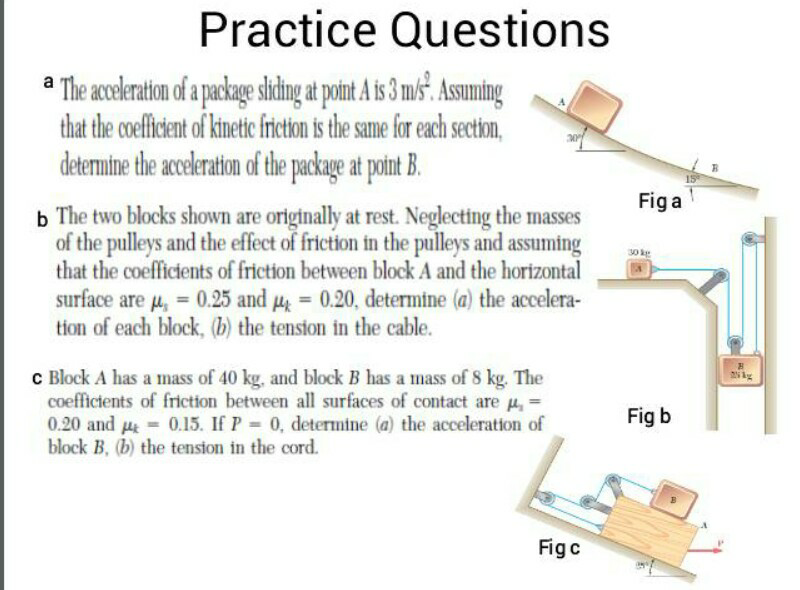
OthersQuestion and Answers: Page 144
Question Number 16504 Answers: 2 Comments: 0
Question Number 16499 Answers: 1 Comments: 0
Question Number 16491 Answers: 0 Comments: 0
Question Number 16497 Answers: 1 Comments: 0
Question Number 16466 Answers: 1 Comments: 0

Question Number 16455 Answers: 2 Comments: 0
Question Number 16310 Answers: 1 Comments: 3

Question Number 16281 Answers: 0 Comments: 0
Question Number 16271 Answers: 1 Comments: 0
Question Number 16616 Answers: 1 Comments: 1
Question Number 16156 Answers: 0 Comments: 2
Question Number 16155 Answers: 1 Comments: 0
Question Number 16152 Answers: 1 Comments: 0
Question Number 16150 Answers: 1 Comments: 1
Question Number 16139 Answers: 2 Comments: 0
Question Number 16138 Answers: 0 Comments: 0
Question Number 16137 Answers: 0 Comments: 0
Question Number 16136 Answers: 1 Comments: 0
Question Number 16135 Answers: 0 Comments: 0
Question Number 16134 Answers: 0 Comments: 0
Question Number 16133 Answers: 1 Comments: 0
Question Number 16102 Answers: 0 Comments: 0

Question Number 16081 Answers: 2 Comments: 0
Question Number 16044 Answers: 1 Comments: 1
Question Number 16079 Answers: 1 Comments: 1
Question Number 16032 Answers: 0 Comments: 0

Pg 139 Pg 140 Pg 141 Pg 142 Pg 143 Pg 144 Pg 145 Pg 146 Pg 147 Pg 148
